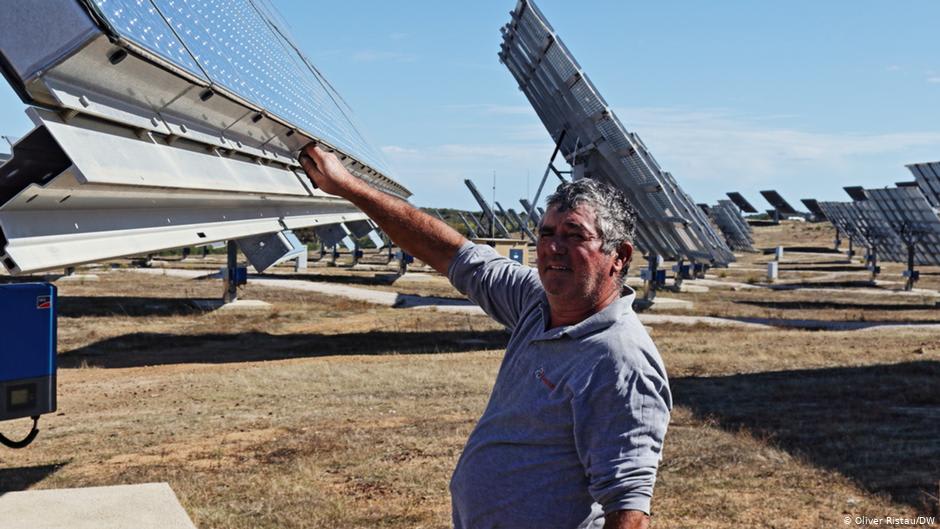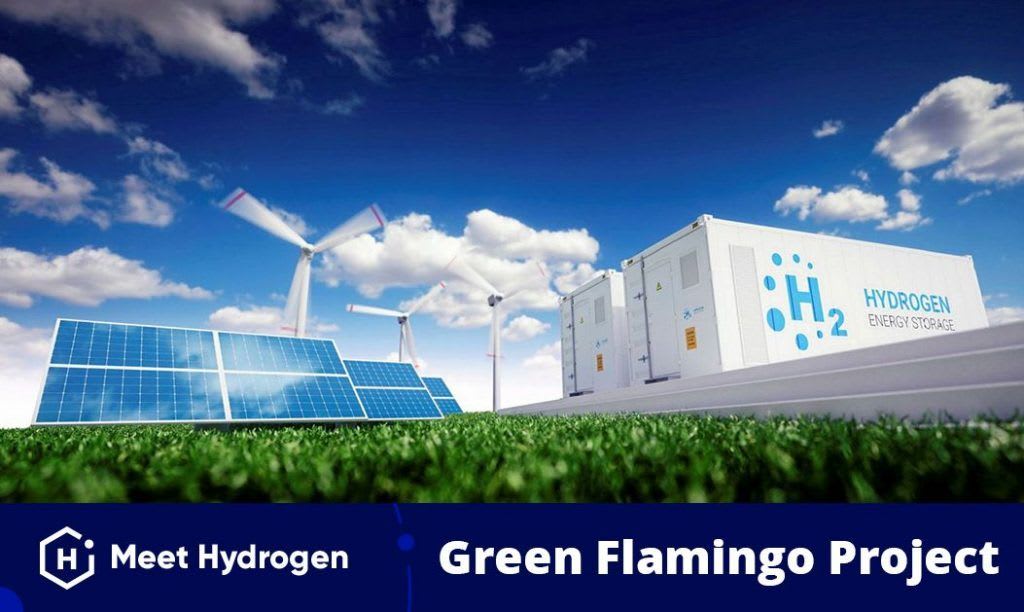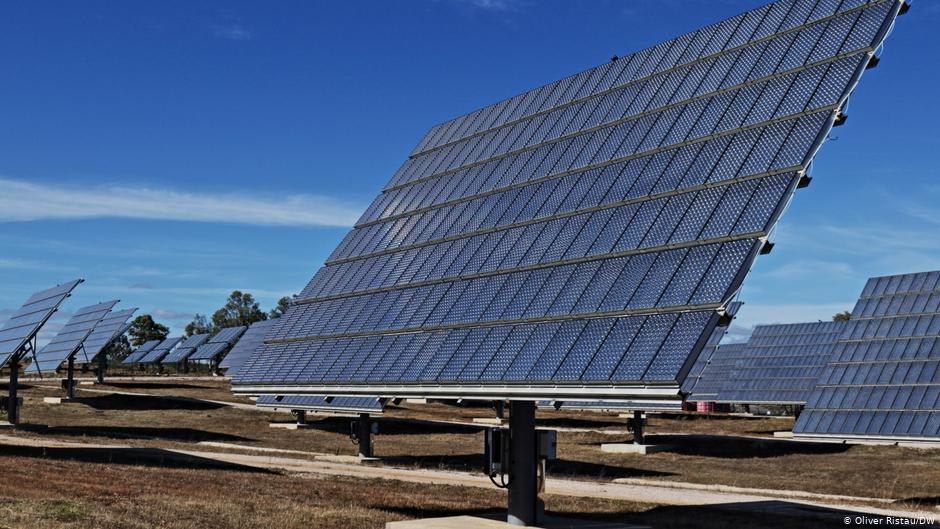Green Flamingo Project. How Portugal could export Green Hydrogen to European Union.
Written by Chris Kwacz
Green Flamingo is an European Union supported initiative based in Portugal and focusing on Green Hydrogen Production. Thanks to Portugal’s high sun exposure, the nation has the huge potential to produce green hydrogen for whole Europe. The Pure Hydrogen could be shipped from the port of Sines to Port of Rotterdam, where the RH2ine infrastructure is ready!

Green Flamingo is one of several initiatives created by European Union. Brussels wants to meet its new climate protection and energy safety objectives. The bloc’s hydrogen strategy was presented in July and involves creating an additional electrolysis capacity of 40,000 megawatts by 2030. Several projects are named after a color and an animal: Besides Green Flamingo, there’s also Black Horse, White Dragon and Green Octopus. The European Commission has declared these initiatives Important Projects of Common European Interest.
Portugal can be credited for its low prices. A photovoltaic (PV) capacity auction in the summer registered a final price of 1.1 eurocents per KWh, showing the most favorable result across the whole of Europe. Such a low price level wouldn’t be required at all, though, given current electricity prices of around 4 cents per kWh.

“With a solar power price of 1 cent per kWh, electricity producers hardly earn any money,” Said Marc Rechter CEO and co-founder of Enercoutim. His company Resilient Group wants to help Portugal build up a 1,000 megawatt capacity by using solar power to split water into oxygen and hydrogen through electrolysis. Thats The Green Flamingo Project.” Instead, they’re putting pressure on suppliers and researchers — that’s unhealthy because we need to set up our own green-hydrogen and PV industry in Europe so as not to be completely dependent on supplies from China and other [non-EU] nations.”
The Dutchman has advised the governments in The Hague and Lisbon on this technology. The Netherlands and Portugal have only recently signed a green-hydrogen cooperation agreement. As a first measure, Rotterdam and Sines have agreed that the green gas would be shipped to the Netherlands using both local ports.
From Rotterdam, it may eventually also be shipped on to German consumers via the Rhine River. Hydrogen production will be made possible by an electrolysis facility near Sines with a desired capacity of 1,000 megawatts, using domestic solar power.

At the moment, a solar power price between 2 and 3 cents per kWh would make this possible, according to Rechter, who adds that a price between 1 and 2 cents per kWh will be economically feasible by 2030.
Cheap solar power is also a prerequisite for delivering an adequate supply of water. The electrolysis process consumes about 6 liters (1.6 gallons) of water per 1 cubic meter of hydrogen. Since the use of valuable drinking water is ruled out, producers have to resort to the Atlantic Ocean and desalination technology. The required desalination plants could keep costs at bay if powered by solar energy.
Rechter expects the initial costs for electrolyzers to drop very fast. He reckons that by 2030 a country like Portugal will be in a position to produce green hydrogen in a competitive way without losing out to producers of grey hydrogen (made from natural gas) or blue hydrogen (made from carbon). Hence Rechter warns that “investments in blue hydrogen threaten to result in total loss as green hydrogen can soon be made cheaper.”
In the meantime, work on the construction of the first mega electrolyzer is continuing unabated in the port of Sines. It’s set to become operational in 2023. “Europe really has to get going to make sure we have a competitive industry by 2030,” Rechter said. For coronavirus-crisis-hit nations like Portugal, it’s a huge opportunity.
Source: DW.COM
#meethydrogen
Chris